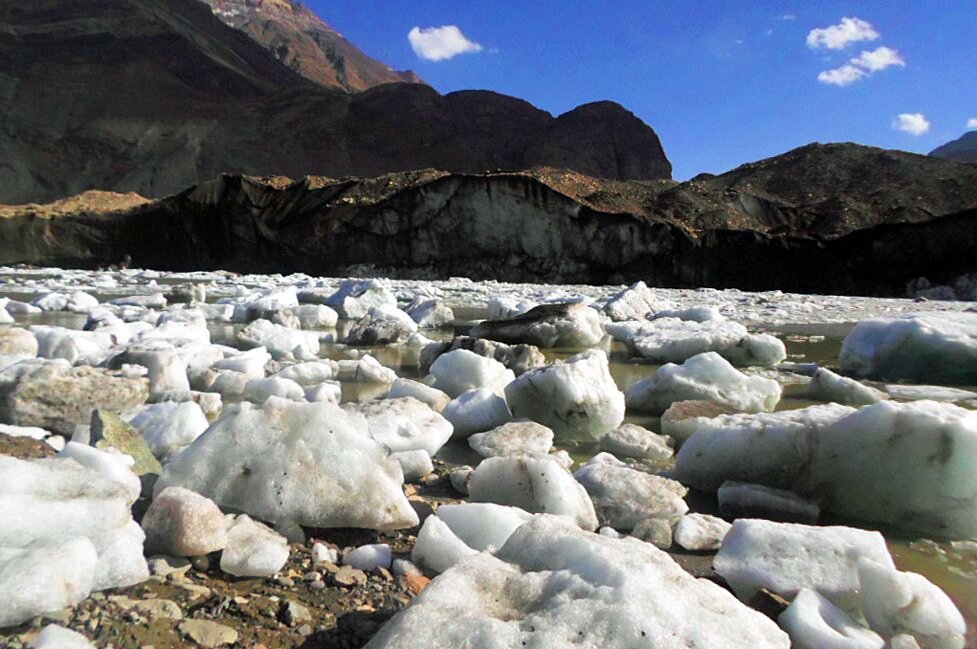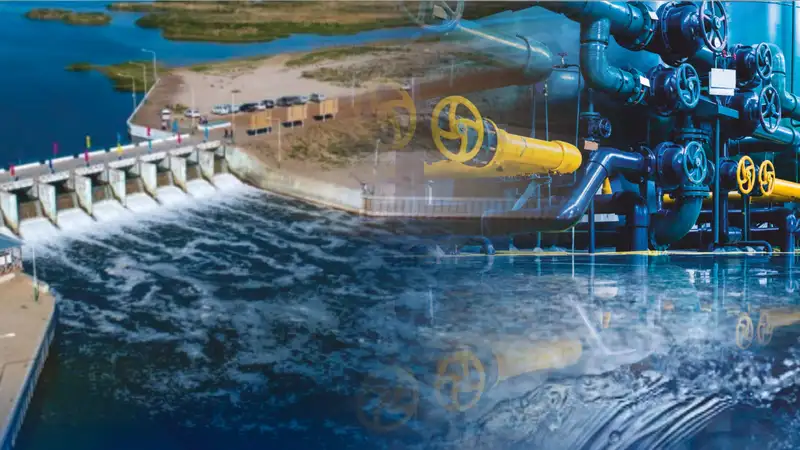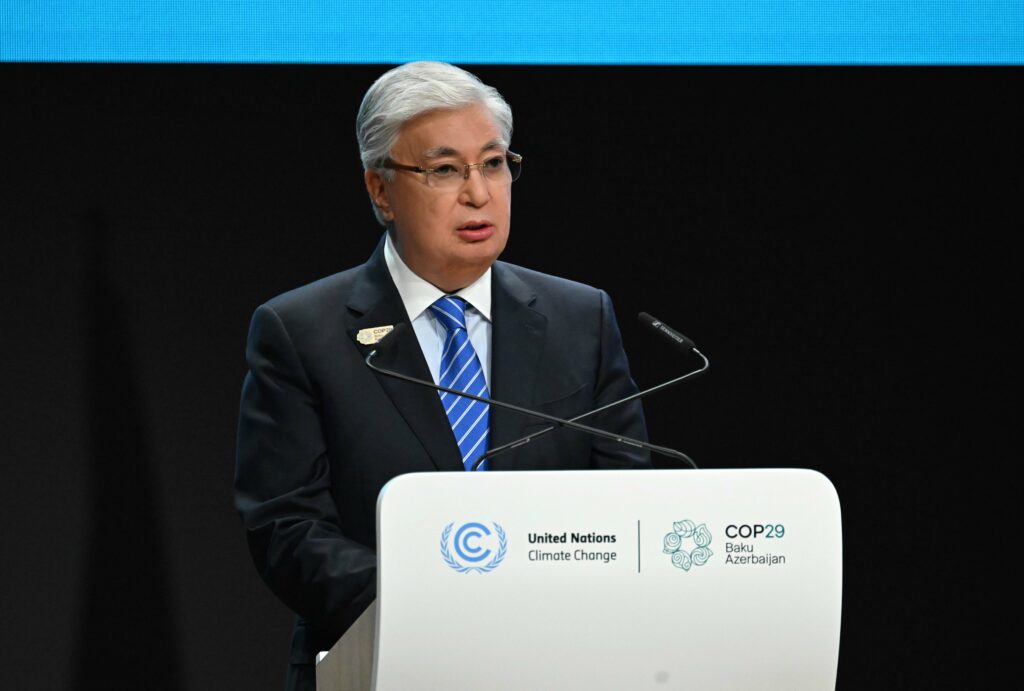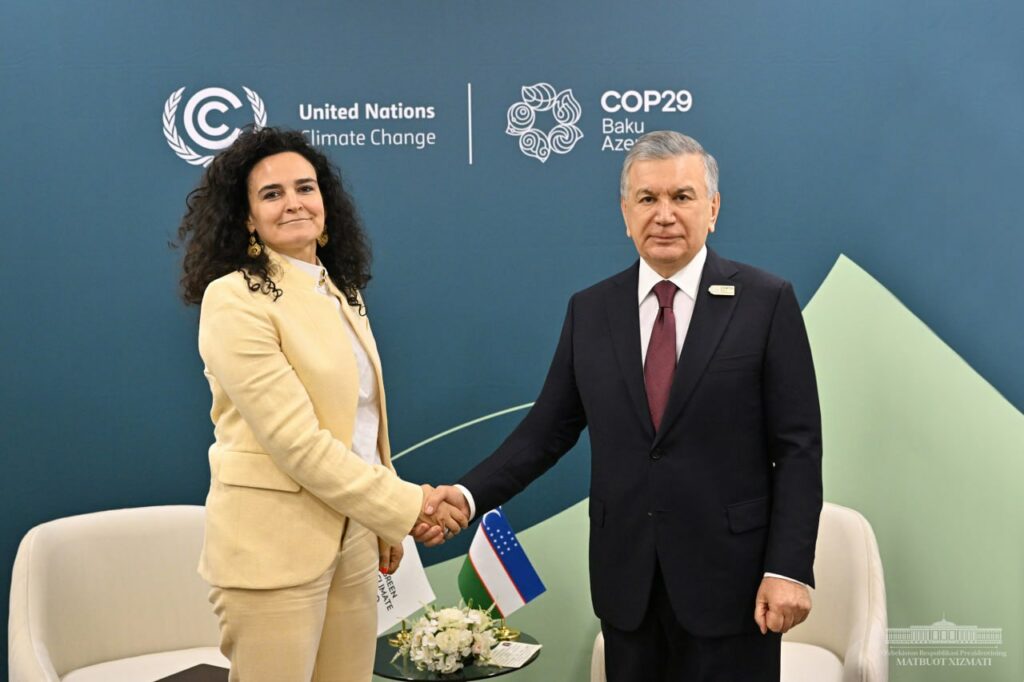Rapid melting of glaciers poses a threat to food and energy security for the entire region.
 Illustrative photo
Illustrative photoCentral Asia could lose up to a third of its glaciers by 2050, said Bakhodur Sheralizoda, Chairman of Tajikistan’s Committee for Environmental Protection, speaking at a panel discussion on climate at COP29.
Tajikistan has more than 14 thousand glaciers and provides 60% of the region’s water resources. The rapid melting of these glaciers poses a threat to the water, food and energy security of the entire region, Sheralizoda noted. He recalled that over the past 30-40 years, more than 1,000 glaciers have melted in the republic.

In turn, Asian Development Bank (ADB) President Masatsugu Asakawa announced plans to invest $3.5 billion in the region over seven years in initiatives aimed at protecting glaciers and sustainable agricultural development.
These investments will support millions of people in Central Asia who depend on glacial water resources, strengthening their resilience to changing climate conditions.
Representatives of regional partners, including Azerbaijani Ecology Minister Mukhtar Babayev, stressed the importance of a unified approach to addressing the problem of melting glaciers. The deterioration of the climate situation and the shrinking of glaciers lead to water shortages and negatively affect agriculture and ecosystems in Central Asia and the Caucasus.
Important decisions taken at the forum confirm the commitment of the countries of the region to the protection of glaciers and sustainable management of water resources.



